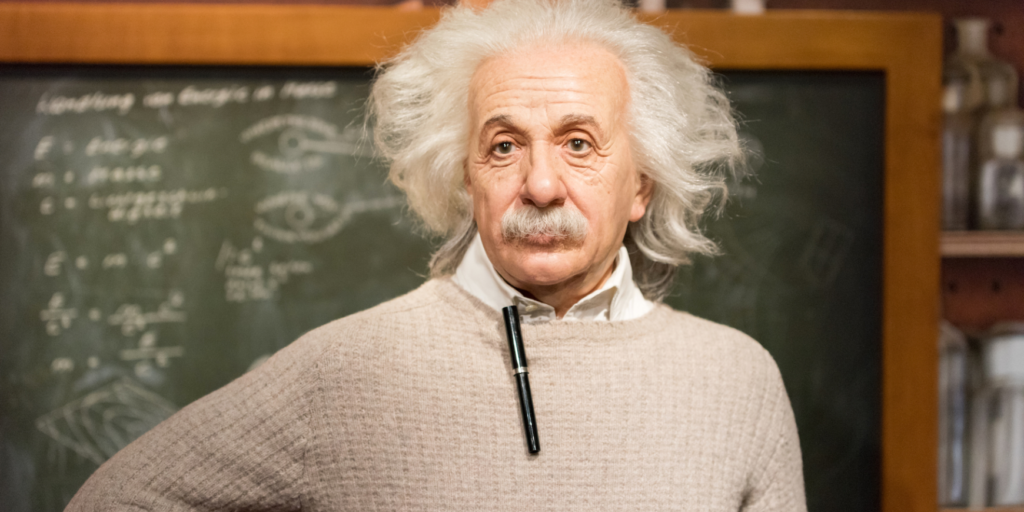Albert Einstein’s brain was preserved for scientific research because many scientists were interested in understanding the physical basis for his remarkable intellectual abilities. After Einstein’s death in 1955, his brain was removed during an autopsy performed by Dr. Thomas Harvey, a pathologist at Princeton Hospital.
Dr. Harvey believed that Einstein’s brain could provide valuable insights into the nature of intelligence and the workings of the brain. He preserved the brain by cutting it into small pieces and immersing them in formalin, a solution used to preserve biological specimens.
Over the years, several studies have been conducted on Einstein’s brain, with researchers looking for any anatomical differences that might explain his genius. Some of the studies have suggested that Einstein had a greater-than-average number of glial cells, which are supportive cells in the brain that help neurons communicate. Other studies have suggested that certain areas of Einstein’s brain involved in spatial reasoning and mathematical abilities were particularly well-developed.
However, it is important to note that there is still much debate and controversy surrounding the scientific value of studying Einstein’s brain, and some scientists argue that the findings are inconclusive or not particularly useful.

